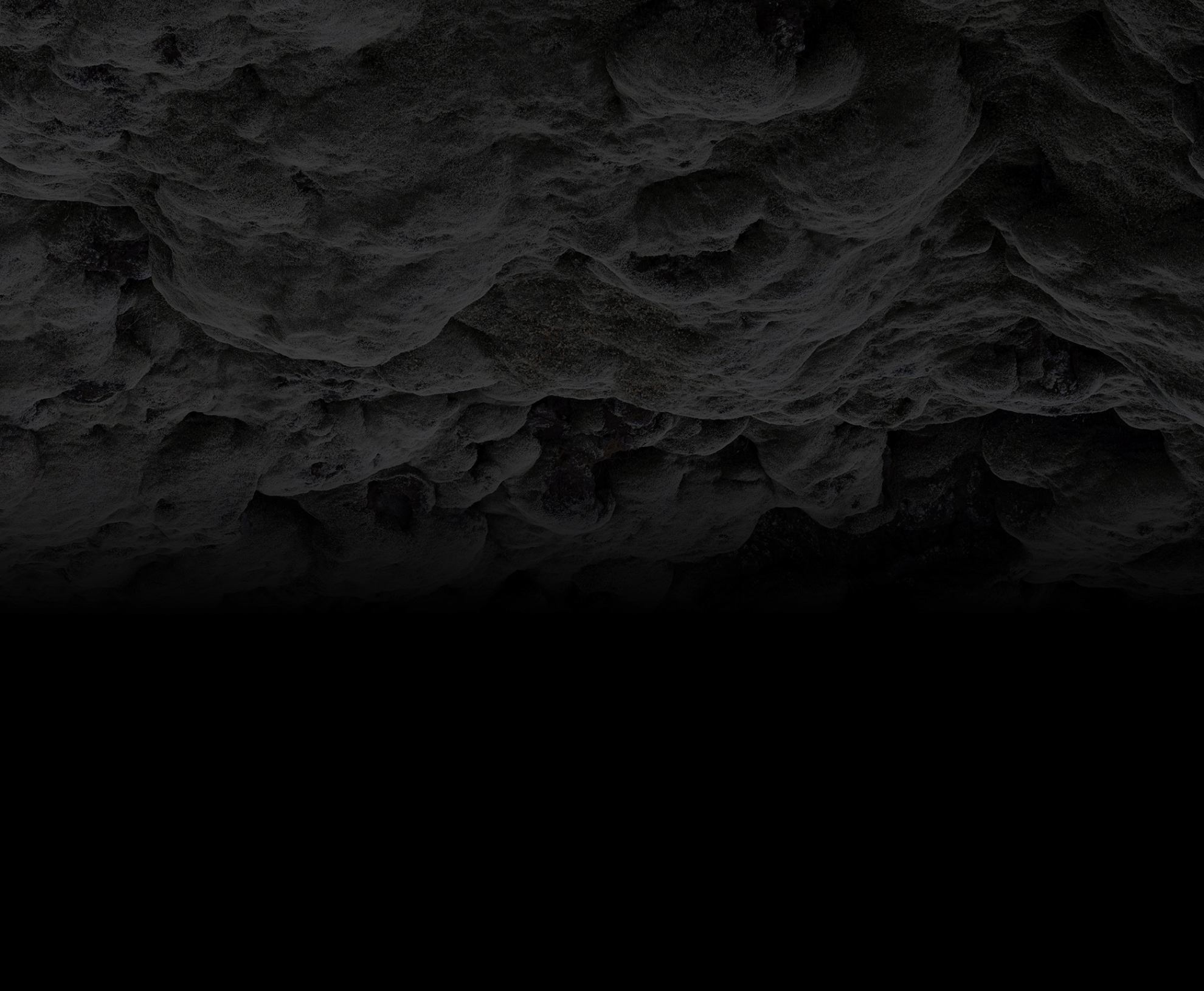Laguna Crazy Lace Agate
The goal is to share the beauty of nature’s creation in such a way that the setting is not distracting from the gemstone.
Laguna Crazy Lace Agate Claw Pendant
Macro photography video of Laguna Crazy Lace Agate
The finest art in the universe is created by nature…
The most distinctive feature of Laguna Crazy Lace Agate is its intricate banding patterns, which often resemble intricate lacework or swirls. These bands can display a wide array of colors, including shades of red, orange, yellow, brown, white, and sometimes even purple or blue. The colors are typically arranged in intricate patterns that create a sense of movement and depth within the stone.

Turkish Black Agates
Each Turkish dendritic agate is a work of art in its own right, with no two stones ever being exactly alike. The patterns within these agates are often likened to miniature landscapes, natural scenes, ferns, trees, or other organic forms evoking a sense of wonder and fascination.
Turkish Black Agates Claw Pendant

Turkish Blue Agates
Each Turkish dendritic agate is a work of art in its own right, with no two stones ever being exactly alike. The patterns within these agates are often likened to miniature landscapes, natural scenes, ferns, trees, or other organic forms evoking a sense of wonder and fascination.
Turkish Blue Agate Pendant
Turkish Blue Agate Necklace
Turkish Blue Agate Claw Pendant
Turkish Blue Agate Cabochon
Turkish Blue Agate Cabochon

Each Turkish dendritic agate is a work of art in its own right, with no two stones ever being exactly alike. The patterns within these agates are often likened to miniature landscapes, natural scenes, ferns, trees, or other organic forms evoking a sense of wonder and fascination.
Turkish Plume Agates
Turkish Plume Agate Claw Pendant
Turkish Plume Agate Cabochon

Green Moss Agates
The green coloration in moss agate comes from various minerals such as chlorite, hornblende, or other green-colored minerals that seep into the rock during its formation. These mineral inclusions form intricate patterns resembling moss, trees, or landscapes, giving each stone a distinct and natural appearance.
Green Moss Agate Pendant

Malawi agates are a unique variety of agate found in the African country of Malawi, located in southeastern Africa. These agates are highly prized for their striking colors, intricate patterns, and exceptional clarity.
One of the defining features of Malawi agates is their rich and vibrant colors. They can display a wide range of hues, including deep blues, greens, purples, reds, oranges, and yellows. Some Malawi agates also exhibit translucent or semi-translucent areas, adding to their visual appeal.
Malawi Agates
Malawi Agate Pendant
Malawi Agate Pendant
Malawi Agate Cabochon

Brazilian agates are a renowned variety of agate found in Brazil, particularly in the southern regions of the country. They are highly prized for their vibrant colors, intricate patterns, and exceptional clarity.
These agates typically form in cavities within volcanic rock, where silica-rich solutions slowly deposit layers of quartz over time. This gradual deposition process, combined with the presence of various mineral impurities, gives Brazilian agates their distinctive banding, swirls, and other unique patterns.
Brazilian Agates
Brazilian Agate Claw Pendant
Brazilian Agate Claw Pendant
Brazilian Agate Pendant

Nellite Agates
Nellite, also known as "Golden Pietersite" or "Golden Tiger's Eye Pietersite," is a rare and striking gemstone that belongs to the pietersite family. It is characterized by its combination of golden or yellowish-brown pietersite with fibrous golden tiger's eye inclusions. This unique blend creates a mesmerizing interplay of colors and patterns within the stone.
Nellite Cabochon
Nellite Agate Cabochon
Nellite Agate Claw Pendant
Nellite Agate Cabochon
Nellite Agate Pendant
Nellite Agate Claw Pendant

Montana Agates
What distinguishes Montana agates from other types of agates is their range of colors, which can include hues of red, orange, yellow, brown, and sometimes even blue or green. These colors are often arranged in intricate patterns, resembling landscapes, gardens, or even celestial scenes.
Montana Agate Pendant
Montana Agate Cabochon
Montana Agate Cabochon

Botswana Agates
Botswana agate typically features bands of soft, earthy tones such as beige, brown, gray, and white, often with subtle hints of pink or peach. These bands form intricate patterns and swirls, creating a visually captivating appearance. The colors and patterns are the result of mineral impurities and other factors present during the agate's formation process.
Botswana Agate Cabochon
Botswana Agate Pendant
Botswana Agate Pendant
Botswana Agate Cabochon
Botswana Agate Cabochon

Agua Nueva Agates
Agua Nueva agates are a type of agate found primarily in Mexico, known for their stunning colors and banding patterns. These agates are named after the Agua Nueva Ranch, located in Chihuahua, Mexico, where they were first discovered. They often feature vibrant hues such as reds, oranges, yellows, and purples, with intricate banding and patterns that make each stone unique.
Agua Nueva Claw Pendant




